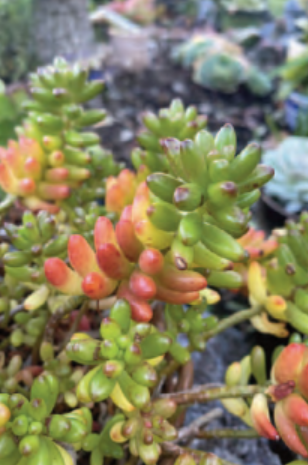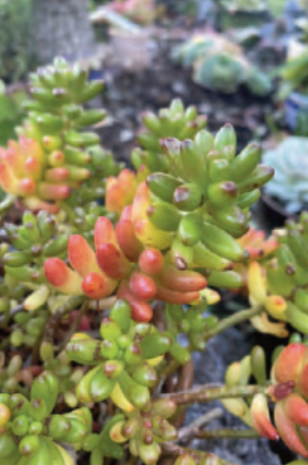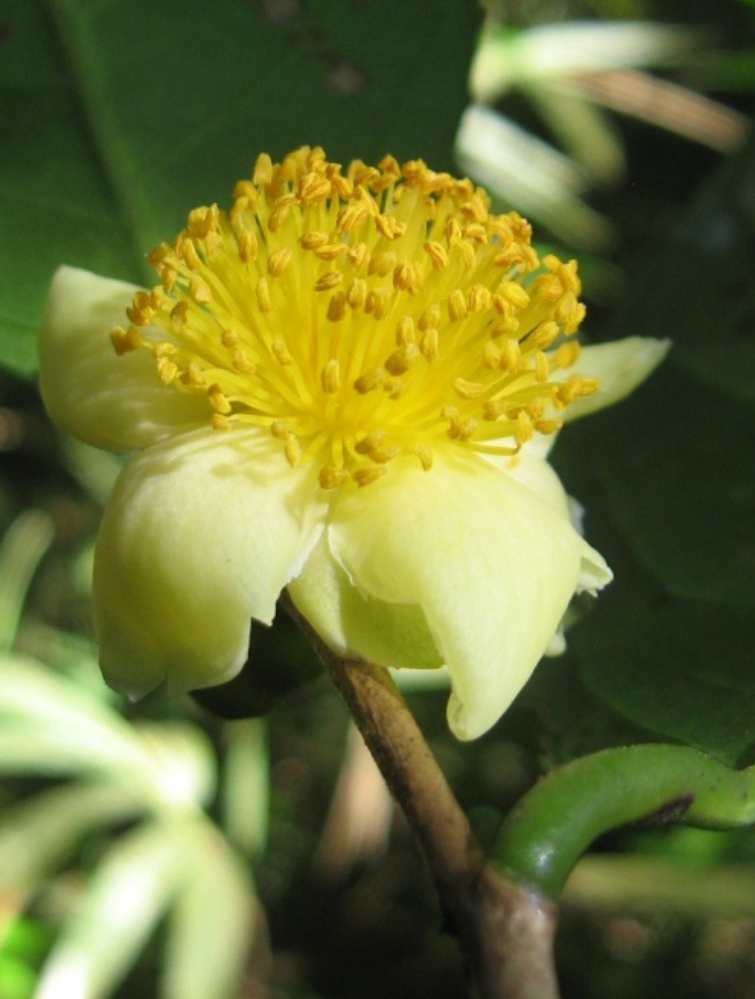Learning how to sequence biodiversity before it's gone

-
Status of project
Completed -
Region
North America -
Country
United States
At the University of California, Santa Cruz, they are teaching a Molecular Ecology course aimed at synthesizing policy (the Nagoya Protocol) with initiatives such as the Earth BioGenome Project, in order to save global biodiversity.
This project aims to expand the amount of researchers in this field by exploiting access to plant DNA sequencing kits with a focus on a ‘family first’ approach. The focus was a DNA extraction and sequencing process, in compliance with the Nagoya Protocol regarding permissions for use, to hopefully increase interest in researcher fieldwork by taking a more hands on approach at university level.
Students were taken through the process of identifying an appropriate species, getting permission to collect it, attempt DNA extraction, and preparing the paperwork for the sample prior to sequencing. The students would assemble de novo genomes from mitochondria and chloroplasts, resulting in increased visibility of certain species for genomics.
Their practical experience taught the students how to navigate the Nagoya Protocol and their responsibility to set the terms of use wisely, both locally and internationally. They gained confidence in fieldwork and the process of getting permission for field samples.
The next iteration of the course aims to fold in the role of botanical collections within this technology. Where the Netherlands’ Hortus Botanicus was once filled with Asian species to remedy the bubonic plague, now in partnership with the China Academy of Chinese Medical Sciences, they are sequencing and chemically analyzing the collection. Where botanical gardens were once examples of cultural imperialism, they can now play key roles in brokering fair and equitable use of plant specimens.
This project is part of the Global Genome Initiative for Gardens (GGI-Gardens) which is an international partnership of botanical gardens and arboreta, focused on collecting herbarium vouchers from living collections and preserving their genome resources in biorepositories partnered with the Global Genome Biodiversity Network (GGBN). You can learn more here.

Image credit: Selena Lin

